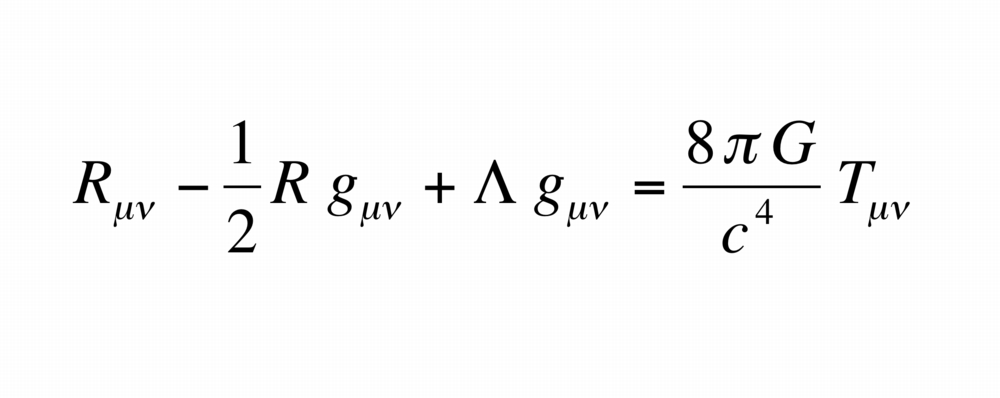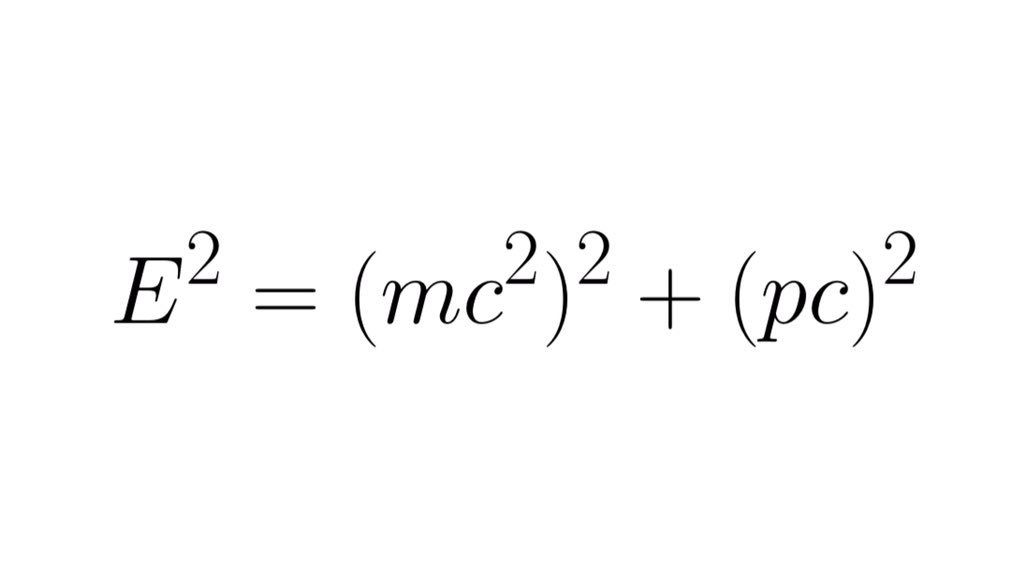
How to get URL link on X (Twitter) App


https://twitter.com/astroparticular/status/1152676730311569409

https://twitter.com/astroparticular/status/1154089773344030720?s=20

 2/ If you use natural units (author’s note: ❤️) where ℏ = c = 1, and replace `E` and `p` for their quantum operators... ➡️
2/ If you use natural units (author’s note: ❤️) where ℏ = c = 1, and replace `E` and `p` for their quantum operators... ➡️ 

 Tensor can be categorized by rank, i.e. how many "rows and columns they have."
Tensor can be categorized by rank, i.e. how many "rows and columns they have."

 Instead of looking at Murphy's really complex (ten dimensional action), let's look at a simpler version.
Instead of looking at Murphy's really complex (ten dimensional action), let's look at a simpler version. 